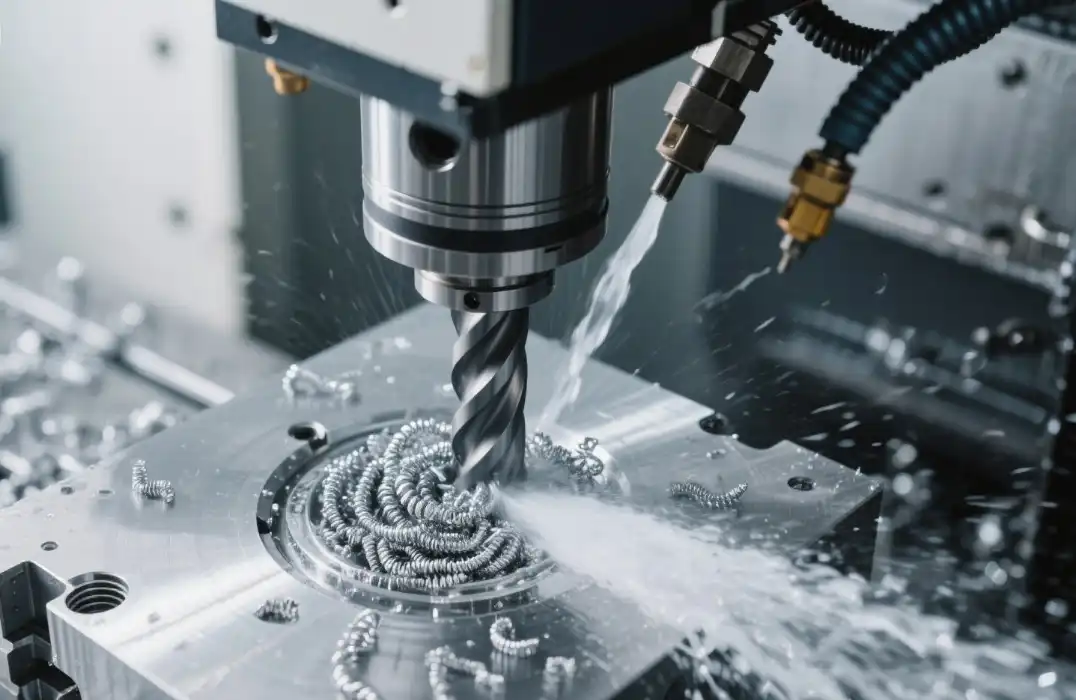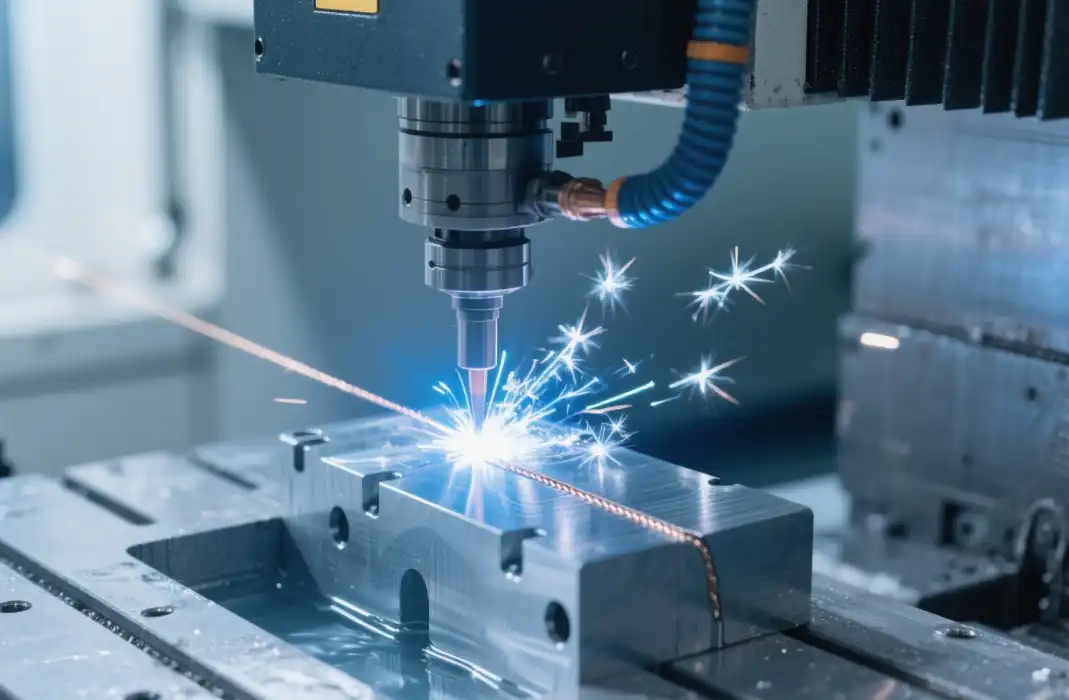Choosing the Right Materials and Manufacturing Processes
Selecting Appropriate Materials for Your Prototype
When it comes to pre-production prototypes, material selection plays a pivotal role in accurately representing the final product. Consider factors such as durability, cost-effectiveness, and similarity to the intended production material. For instance, if your final product will be made of metal, utilizing CNC machining with aluminum or steel can provide a close approximation. Alternatively, for plastic parts, rapid injection molding or 3D printing technologies like SLA or SLS might be more suitable.
Evaluating Manufacturing Techniques
The choice of manufacturing technique can significantly impact the quality and accuracy of your pre-production prototypes. Assess various methods such as CNC machining, injection molding, vacuum casting, and 3D printing to determine which best suits your project's requirements. Each technique has its strengths and limitations, so consider factors like production speed, surface finish, and dimensional accuracy when making your decision.

Balancing Cost and Quality
While it's tempting to opt for the most advanced materials and processes, it's crucial to balance cost and quality in pre-production prototyping. Consider using cost-effective alternatives that still meet your functional and aesthetic requirements. For example, 3D printing might be more economical for complex geometries, while CNC machining could be preferable for parts requiring high precision.
Optimizing Design for Manufacturability
Simplifying Complex Designs
One of the key challenges in pre-production prototyping is translating complex designs into manufacturable parts. Strive to simplify your designs without compromising functionality. This may involve reducing the number of components, eliminating unnecessary features, or redesigning parts to facilitate easier manufacturing. By optimizing your design for manufacturability, you can reduce production time and costs while maintaining the integrity of your product concept.
Incorporating Design for Assembly (DFA) Principles
Design for Assembly (DFA) principles are crucial when creating pre-production prototypes, especially if your product consists of multiple components. Consider factors such as ease of assembly, component standardization, and minimizing the number of fasteners required. By incorporating DFA principles early in the prototyping phase, you can identify potential assembly issues and streamline the production process for your final product.

Leveraging CAD and Simulation Tools
Utilize advanced Computer-Aided Design (CAD) and simulation tools to optimize your prototype designs before physical manufacturing. These tools allow you to perform virtual stress tests, fluid dynamics simulations, and thermal analyses, helping you identify potential design flaws or areas for improvement. By refining your designs digitally, you can reduce the number of physical iterations required, saving time and resources in the prototyping process.
Implementing Effective Quality Control Measures
Establishing Clear Quality Standards
Prior to beginning the pre-production prototyping process, it is essential to define precise quality standards and acceptance criteria. Specify dimensional tolerances, surface finish requirements, material properties, and functional performance benchmarks that each prototype must meet. Clear standards serve as a reference point for evaluating consistency across multiple iterations and guide decision-making during design adjustments. By establishing well-documented criteria, teams can maintain alignment across engineering, design, and production departments, ensuring that each prototype reflects the intended functionality, reliability, and overall quality expectations for the final product.
Utilizing Advanced Inspection Technologies
Incorporating advanced inspection technologies is critical for verifying the dimensional accuracy and structural integrity of pre-production prototypes. Tools such as 3D scanners and coordinate measuring machines (CMMs) provide precise measurements, allowing direct comparison between physical prototypes and CAD models. For complex components, technologies like CT scanning or X-ray inspection can detect hidden defects or ensure proper assembly alignment. Early identification of potential issues prevents costly revisions later in production. Leveraging these tools enhances confidence in the prototype’s quality and facilitates informed, data-driven refinement decisions.

Implementing Iterative Testing and Refinement
Effective pre-production prototyping relies on systematic iterative testing and refinement. Each prototype iteration should undergo comprehensive evaluation of both functional performance and manufacturability. Collect detailed feedback from engineers, designers, and end-users to identify strengths and weaknesses in the design. Use this input to guide design modifications, optimizing component functionality, ergonomics, and manufacturability. By following a structured cycle of testing, analysis, and adjustment, teams can progressively enhance the prototype, ensuring that each version is closer to a production-ready solution that meets stringent quality standards and fulfills performance objectives.
Conclusion
Manufacturing pre-production prototypes successfully requires a combination of strategic planning, material expertise, and quality control measures. By carefully selecting materials and processes, optimizing designs for manufacturability, and implementing rigorous quality standards, you can create accurate and effective prototypes that pave the way for successful product launches. Remember that prototyping is an iterative process, and each refinement brings you closer to perfecting your design. Embrace the learning opportunities that arise during pre-production prototyping, and use them to enhance both your product and your manufacturing processes.
FAQs
What is the typical timeline for manufacturing pre-production prototypes?
The timeline can vary depending on complexity, but generally ranges from 1-4 weeks.
How many iterations are usually needed for a successful pre-production prototype?
Typically, 2-3 iterations are required, but complex products may need more.
Can pre-production prototypes be used for market testing?
Yes, they can be valuable for gathering user feedback and validating market demand.
What's the difference between a prototype and a pre-production prototype?
Pre-production prototypes are more refined and closer to the final product in terms of materials and manufacturing processes.
Expert Pre-Production Prototype Manufacturing | BOEN
At BOEN Prototype, we specialize in delivering high-quality pre-production prototypes for a wide range of industries. Our experienced team of engineers and designers utilizes cutting-edge technologies to bring your concepts to life. As a leading prototype supplier and manufacturer, we offer comprehensive solutions from rapid tooling to low-volume production. Contact us at contact@boenrapid.com to learn how we can support your product development journey.
References
Smith, J. (2022). Advanced Techniques in Pre-Production Prototyping. Journal of Manufacturing Innovation, 15(3), 245-260.
Johnson, A., & Brown, T. (2021). Quality Control Strategies for Prototype Manufacturing. International Journal of Product Development, 18(2), 178-195.
Lee, S., et al. (2023). Material Selection Optimization for Pre-Production Prototypes. Materials Science and Engineering: A, 832, 142357.
Thompson, R. (2022). Design for Manufacturability in Prototype Development. Journal of Product Design and Engineering, 10(4), 412-428.
Garcia, M., & Rodriguez, L. (2021). Iterative Refinement Methodologies in Pre-Production Prototyping. Rapid Prototyping Journal, 27(6), 1021-1037.
Wilson, K. (2023). Cost-Effective Strategies for Successful Pre-Production Prototyping. International Journal of Manufacturing Technology and Management, 37(3-4), 299-315.





